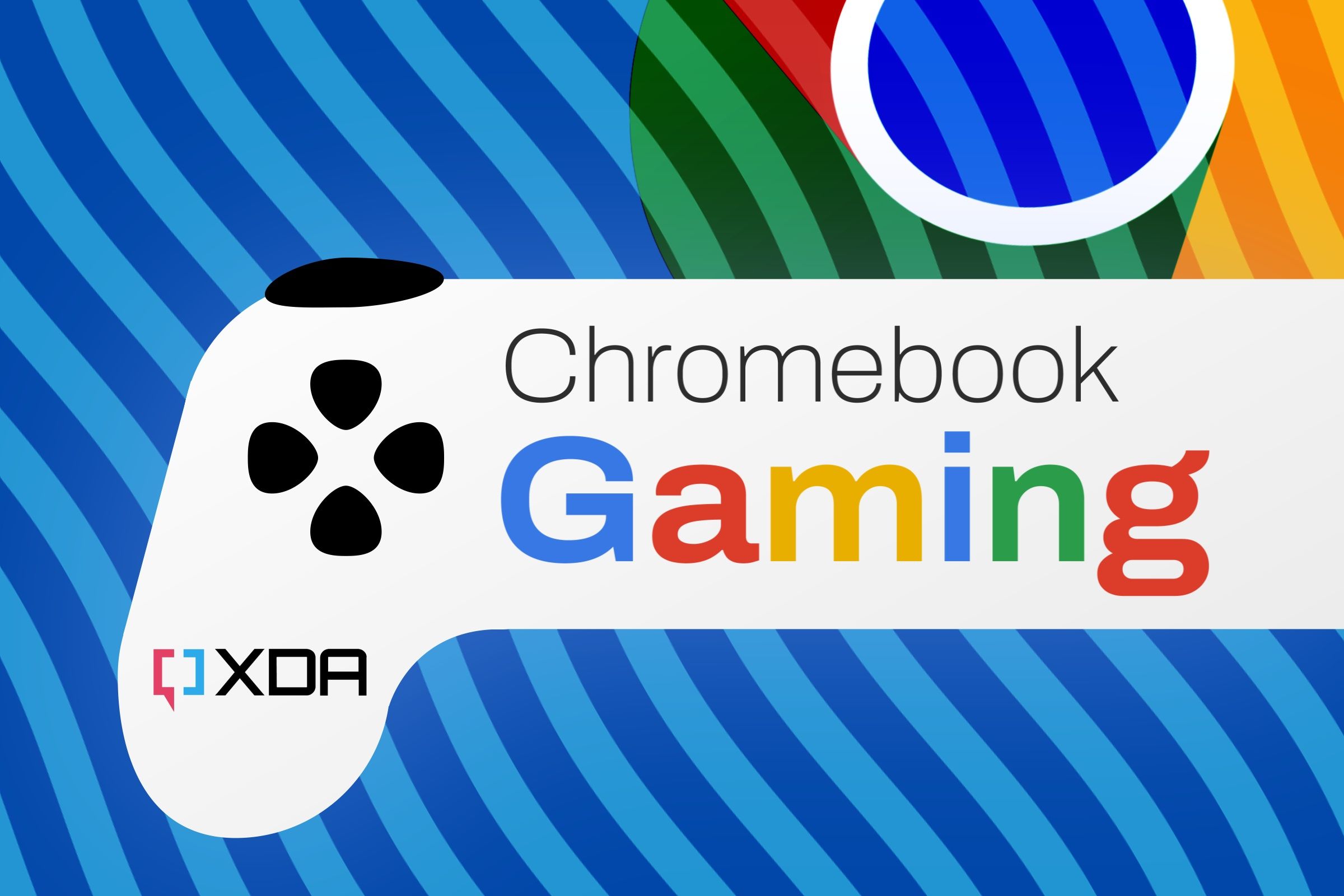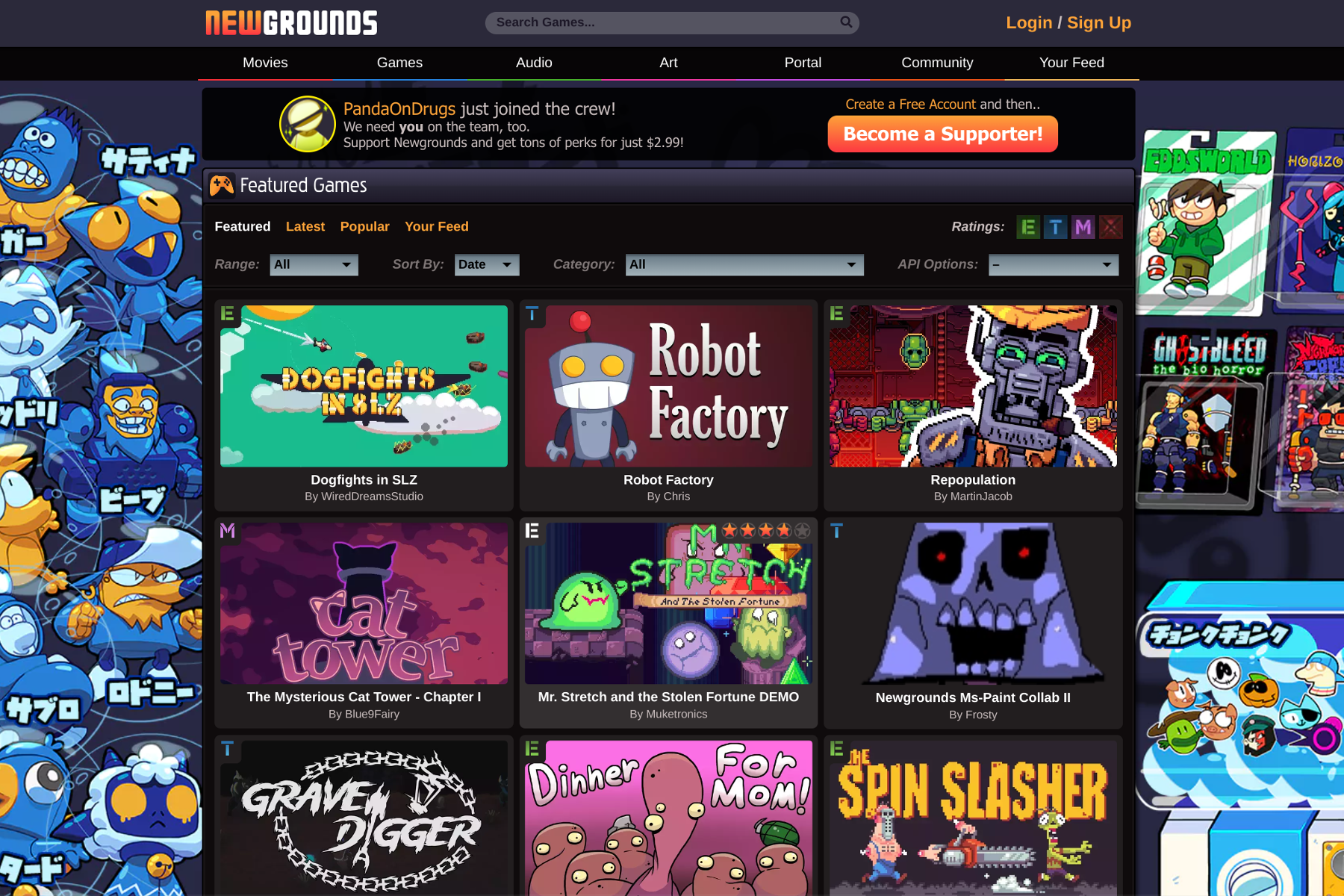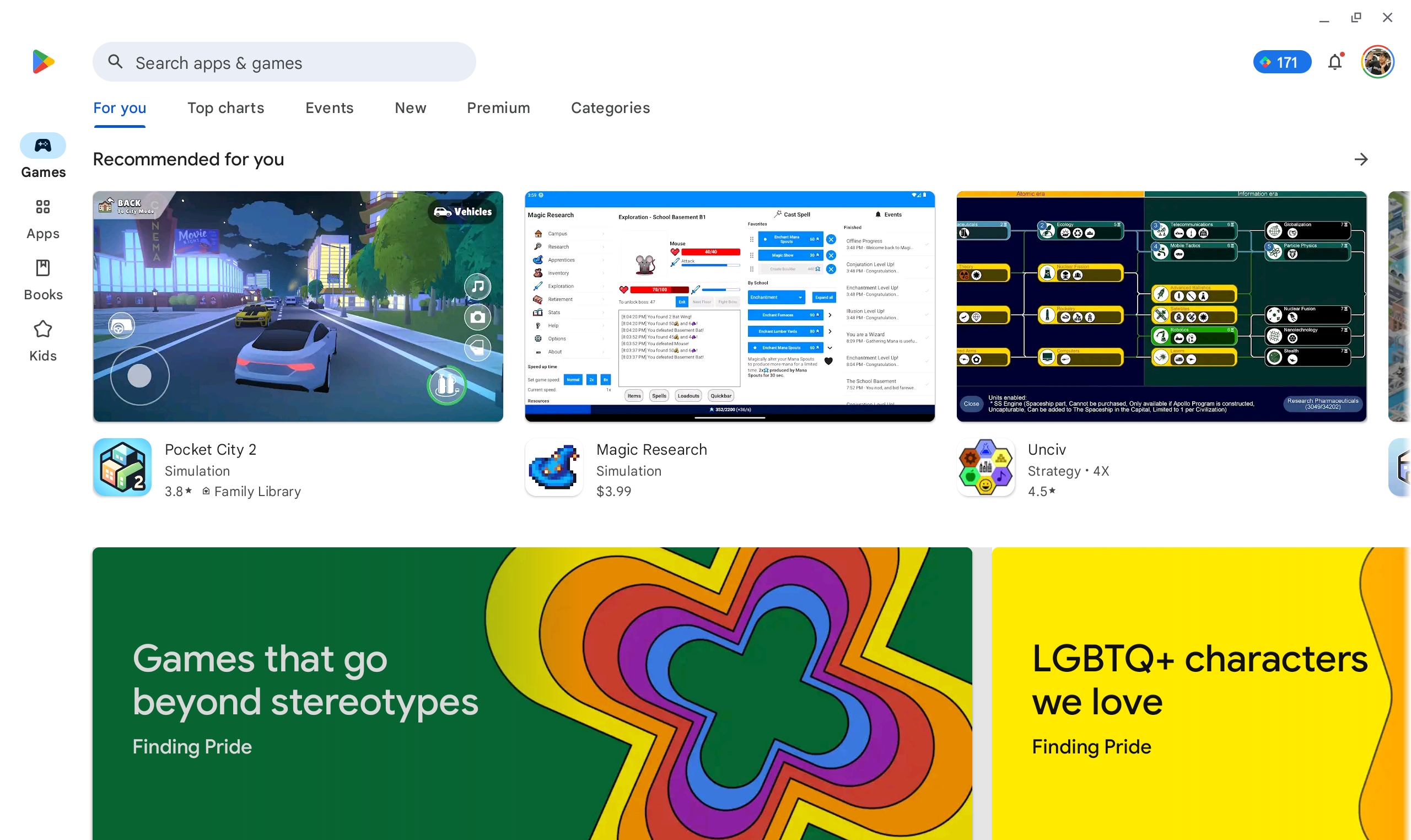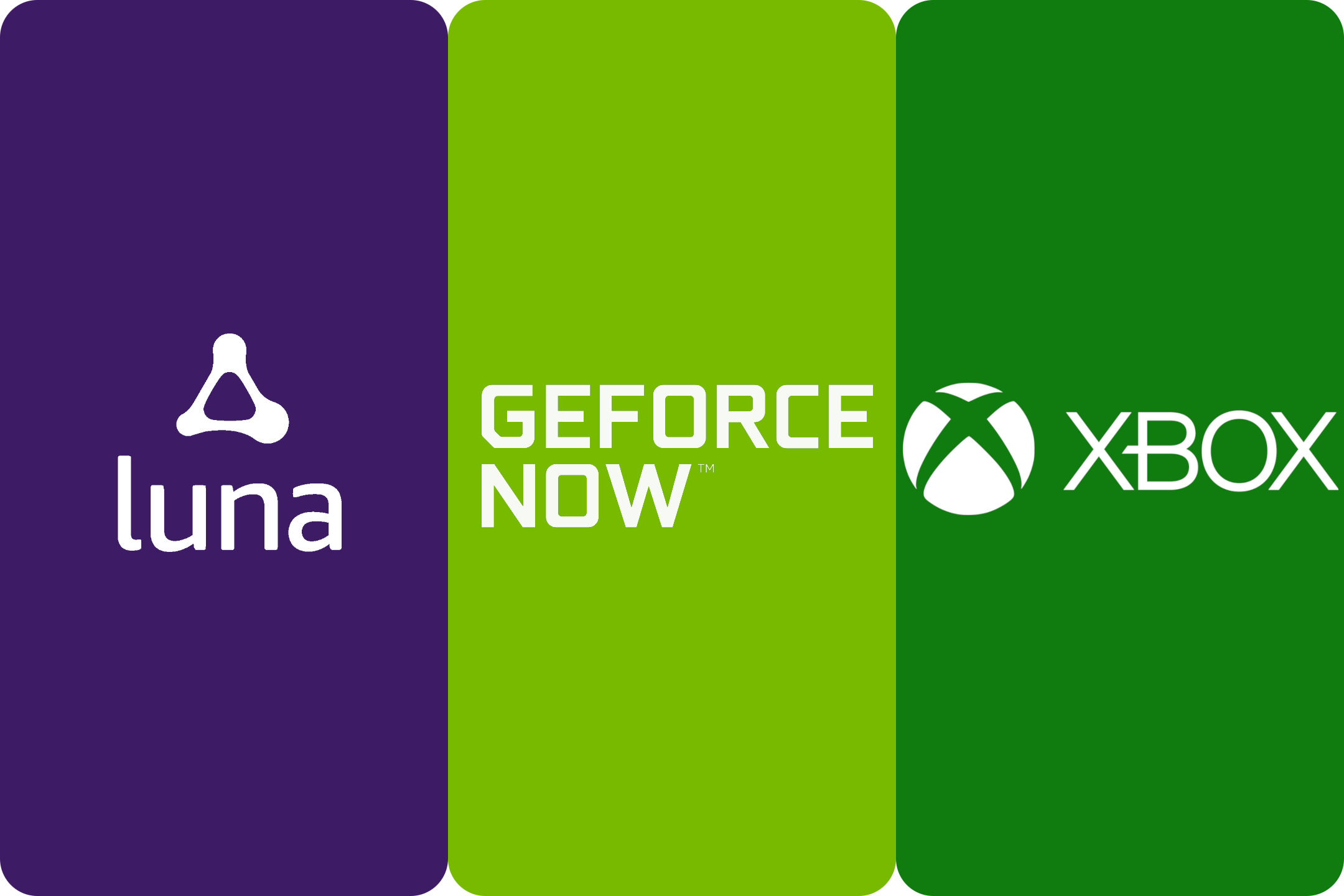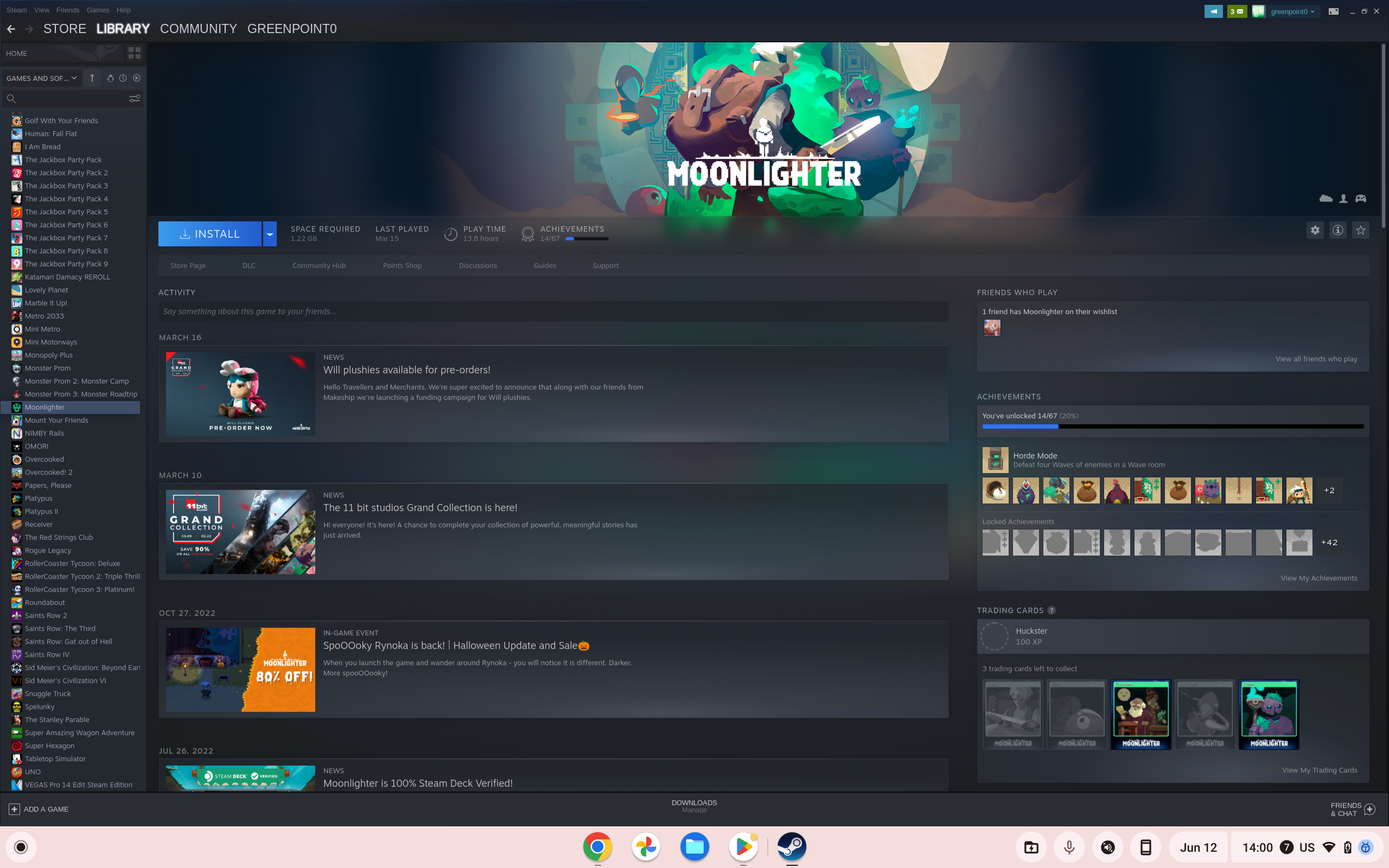So, of all the laptops you could have bought, you've chosen a Chromebook. And you want to play games on it. That's a bold decision considering they're not exactly known for gaming. You have to be prepared to face some challenges.
There are four, maybe five major sources of games you can partake in from ChromeOS, but all of them come with bigger caveats than would be expected on other operating systems, but we'll get to them as we go along. However, we'll just say it once to avoid saying it over and over: your mileage may vary.
Web games
Games on the web are still alive and well, even if the shifting sands of the internet have buried some of our favorite platforms (we still miss you, OMGPOP). Games in the form of Chrome apps are still a thing Chromebook owners — and only Chromebook owners, since Chrome apps have been deprecated on other platforms — can get from the Chrome Web Store. They're not very sophisticated and no new ones are being made, but the ones still online, like 2048, can make for good pick-me-ups. We have a guide on the best games you can get from the Chrome Web Store.
While the age of Adobe Flash support on the internet is long gone, longtime online entertainment bastion Newgrounds still accepts and hosts animation and game submissions with Flash. The site uses an emulator it helped to create called Ruffle to let visitors play these projects. There's also a wide breadth of sites hosting online multiplayer games like Gartic Phone and the seemingly endless list of .io sites, but the less specific we get, the more it falls out of our purview.
Android games
ChromeOS has supported Android apps since 2016 and, as you might surmise, that means you can pick up games from the Google Play Store. These include great titles like the mobile version of Sid Meier's Civilization VI, Minecraft: Bedrock Edition, and Monument Valley.
You can open the Play Store by looking for it in your Launcher. To open that, tap either the button in the bottom-left corner of the screen or the ◉ key on your keyboard. Open the Games tab to browse, purchase, and download Android games. You'll also be able to make in-app purchases when prompted. And if you're trying out the game and don't end up liking it, you can return to its listing within 48 hours and tap Refund to get your money back.
You may also be able to play a number of certain games, including famed battle royale MMO Fortnite, by downloading the APK directly from the publisher's site or a third-party repository such as APK Mirror or APK Pure. That said, you need to make sure that your device is running on the ARMv8a architecture and switch to ChromeOS's Developer Mode in order to install those files. To do that:
- Open your system settings.
- Press the Esc + Refresh + Power keys on your keyboard.
- You'll be taken to the OS's secure boot menu. Press Ctrl+D and then Enter.
- Using your arrow and Enter keys, select Boot from internal disk. This begins the setup for Developer Mode.
- Caution: Your device will be Powerwashed, so make sure you've backed your data up.
- You'll be brought back to the secure boot menu. Select Boot from internal disk again to load into Developer Mode.
- Keep in mind if you want to return to the stable channel that you will need to perform a Powerwash during the process.
Afterward, you should be able to install APKs much as you would on Android with the proper privileges. Of course, you assume all risk for any apps your download and sideload outside the Play Store.
Another point to remember is that ChromeOS gives you the option to open Android apps in preset Phone and Tablet window sizes as well as in a resizable container. You may find that your game will misbehave when moved to a different window size.
Cloud streaming
Local storage has never been a priority on a Chromebook. And for all the space that games can take up, you might be tempted to run with a cloud gaming service instead. ChromeOS supports streaming games from Amazon Luna, Nvidia GeForce Now, and Xbox Game Pass Ultimate. Because all of them run through a Progressive Web App (PWA), you'll be able to play directly from within your Chrome window. GeForce Now suggests your device has at least 4GB of RAM. Some games on some platforms require you to play with a controller, so make sure you have one handy if that's the case.
Each service has different download speed thresholds for streaming quality standards, but here's a generalized list:
- 720p: 10-15Mbps
- 1080p:- 20-30Mbps
- 4K: 40-50Mbps
GeForce Now and Xbox offer a limited selection of games to play for free, but each platform offers a subscription service that widens your included catalog and improves the overall experience with priority queuing, longer play sessions, higher resolution, HDR support, and other such features.
All services have a standard paid tier priced at $9.99 per month. Game Pass Ultimate is $14.99 and GeForce Now Ultimate is $19.99 per month. You may also have other subscriptions to publishers' catalogs like Ubisoft+ that you may be able to link to these platforms.
Steam
Maybe you do have a Chromebook with a giant SSD, and maybe you have a giant library of games piled up on your Steam account. It just so happens that you can play those games on your Chromebook. There are two (maybe two-and-a-half) ways to play Steam games on your Chromebook. One is through Steam Link if you have a PC running Steam nearby — we have a guide on how to do that — but frankly, the prerequisite of running a second machine is a bit ridiculous if you're just trying to goof around in Team Fortress 2.
That's where we come to Steam on ChromeOS beta. The program has been in some form of early access since 2022, but you can get pretty darn far with this beta. It's impressive considering the wide variety of games you can run through it.
Google lays out the minimum Chromebook specs thusly:
- AMD Ryzen 5000 C-Series or Intel 12th-generation Core series, Ryzen 3/i3 or higher
- Ryzen 5/i5 recommended
- 8GB of RAM
- 16GB recommended
The installation process is a bit tricky, but if you're ready and willing, here's how to go through it:
- Head to Settings > About ChromeOS > Additional details > Change channels.
- In the pop-up window, select Beta, then Change channels. Wait for a system update to install, then restart your device.
- In a Chrome window, enter chrome://flags#borealis-enabled.
- You'll be taken to a feature flag list with the aforementioned flag highlighted at the top. In the drop-down menu of statuses, select Enabled. You'll be prompted to immediately restart your device.
- After restarting, open your Launcher and search for Steam. Select the top result and follow the setup flow.
After that's done, you'll be able to log into your Steam account and try your hand at some full-fledged games. Steam on ChromeOS relies on games supporting Linux, but you'll be surprised to find out how many are supported.
The Chromium development team has a list of recommendations you can take to heart, but don't be afraid to take some off-road liberties. I was able to get Civilization VI up and running with some caveats (I had to disable all mods), but importantly, I was able to get into an online multiplayer session — something you can't do with the mobile game.
Steam also distributes its platform for Linux, and if you have a Linux development environment set up on your Chromebook, you can also have a go at that, too. You can retrieve and instantly install the latest Debian release from Valve's repository. This route opens up more Chromebooks to hazard a try, but we do consider the above minimum spec as a guide in terms of achieving decent performance for what you want to play.
Linux games
Finally, we'll mention some great resources for dedicated Linux games, which you can play if you have set up your Chromebook to run Linux apps as mentioned above. Most titles do end up on Steam at some point or another, but you might be able to find some hidden open-source or indie-distributed gems that are surprisingly enjoyable.
Final thoughts
Today's Chromebooks are well-suited for RPGs, arcade classics, and MMOs, although we wouldn't expect them to run the latest shooters. While they originally weren't imagined to be used for hours-long gaming sessions, some of them are, and we expect that cluster of power usage to grow as Steam on ChromeOS gets more updates. And if you're still trying to figure out how to make the most out of your machine, we have a guide for the best ChromeOS apps to use. Don't have a Chromebook to begin with? Find out what sort of specs you'll want to look for.

